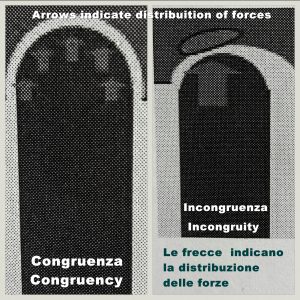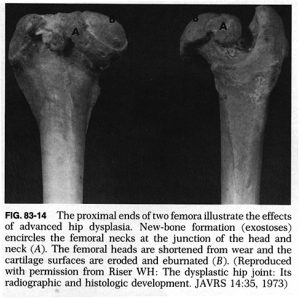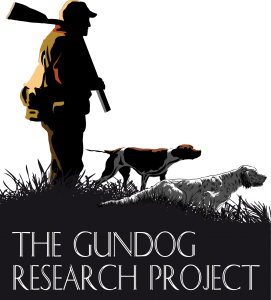Hip dysplasia (biomechanics)
Much has been written in hip dysplasia in dogs but, studying for my veterinary surgery exam, I am discovering things that owners and breeders usually do not know. A few days ago, I posted something on the biomechanics of the hip joint on Facebook and people asked for more information… Here I am!
To work properly, a joint , any joints, shall be properly built: joint surfaces should be congruent, if they are not, some parts of the joint will have to bear more weight than others.
Scientific studies have demonstrated that the maximum load cartilage can tolerate is 1kg/mm2. Prieur, a veterinarian, in 1980 published a very interesting research which is still valid: Coxarthrosis in the Dog Part I: Normal and Abnormal Biomechanics of the Hip Joint W. D. PRIEUR, D.V.M. 1980).
If we imagine a dog weighting 30 kgs, the total hip joint surface would be 220 square millimeters. In the table you see what happens if the articular surface gets reduced, the smaller the area, the more weight gets concentrated on 1 square mm.

In the first column, you see the weight the joint has to bear while the dog is standing on 4 limbs; standing on 1 limb; walking (pacing) and jumping. Anything above 1 kg for square mm damages cartilage. Such a compressed cartilage, in fact, gets “stressed” and changes: it loses elasticity, it softens, it breaks and eventually dies. The joint gets inflamed, becomes swollen, and arthrosis develops. The process cannot be stopped and leads to eburnation: an ivory-like reaction of bone occurring at the site of cartilage erosion. Osteophytes might develop as well. [Osteoarthritis is a degenerative disease of the joints characterized largely by central loss of cartilage and compensatory peripheral bone formation (osteophytes). Over time, as the cartilage wears away, bare, subchondral bone is revealed. Eburnation describes the bony sclerosis which occurs at the areas of cartilage loss. Wikipedia]
Joint incongruity can generate friction which, on its turn, can increase temperatures inside the joint. It has been estimated that temperatures – inside an affected joint -can reach up to 70° Celsius (158°F) in a dysplastic hip joint (dog running).
Ps. Since health is fundamental to a dog’s welfare, if you own a gundog (you hunt or run trials with) please check the Gundog Project and fill out the survey!
